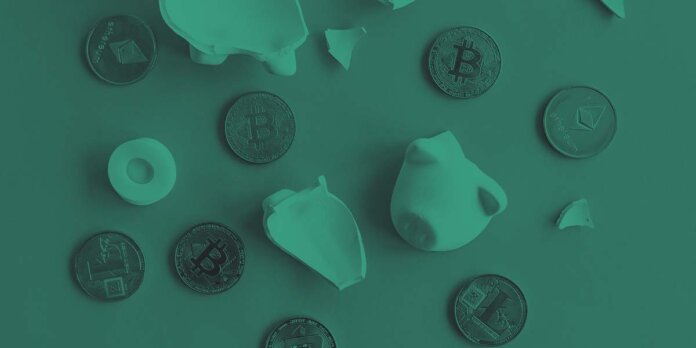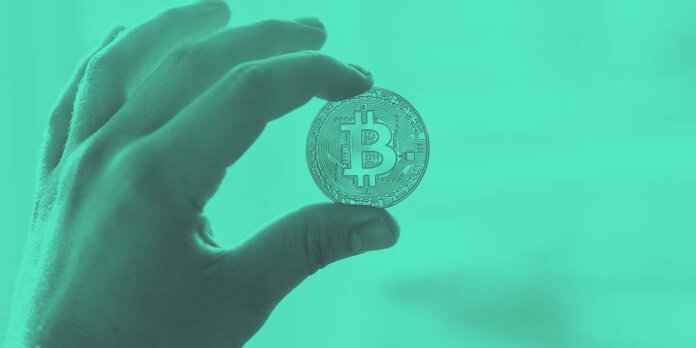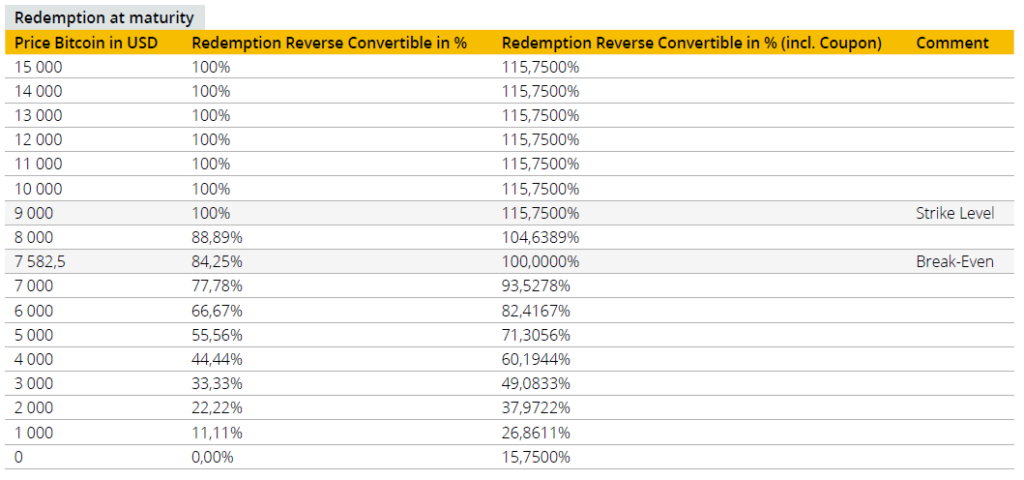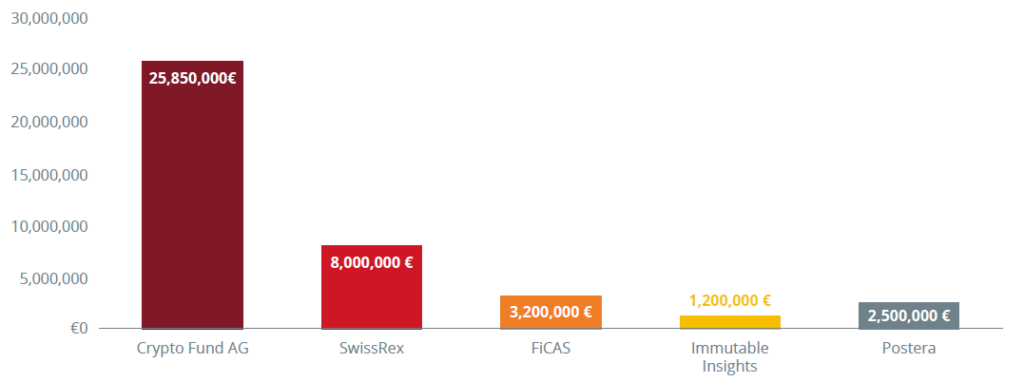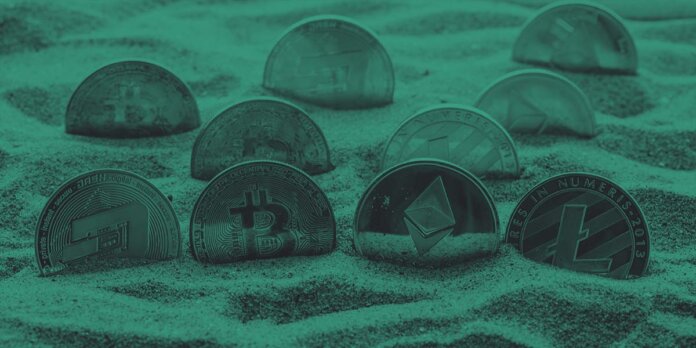In the area of digital assets, there are increased risks for companies. This article will take a closer look at risks related to money laundering and terrorist financing.
In general, there are increased risks in business relationships in regard to digital assets. ML/TF risks must be identified, analyzed and ultimately contained by service providers or financial institutions. A service provider or financial institution has the risk of accepting digital assets or fiat assets that fall within money laundering or terrorist financing offences. In addition to the ML/TF risks, there is also a reputation risk to be involved in a money laundering case.
ML/TF Risk in Customer Business Relationships
Onboarding of new customers wishing to contribute digital assets or the tracing of the transferred assets resulting from the exchange of digital assets requires specific clarifications. With regards to digital assets, there are different types of customer groups that pose different risks. If a private individual invested some time ago at a low price in digital assets, held them over the years and then sold them to a broker in the DACHLI region, the ML risk is rather low. The digital assets were purchased with fiat money, e.g., via a bank transaction or a credit card. The person should be able to provide proof of this transaction and the purchase of digital assets. The increase in value of the digital assets over the last few years can be traced, and the trade at a digital asset exchange should also be traceable. Since the assets of this person’s digital asset wallet as well as any transaction can be viewed and traced on the blockchain, they can also be checked for plausibility. In addition, digital assets in a wallet, unlike fiat currencies, can be examined for their risk, e.g., darknet risk, by means of a so-called wallet analysis or wallet screening. Such a case is uncomplicated and rather risk-free, but in reality, there are often far more complex cases which cannot easily be traced and where the origin of assets cannot easily be reconstructed. In such cases, it is advisable in case of doubt not to enter into a business relationship with the customer.
ML/TF Risk in Exchange Transactions
A financial institution should be aware of the risk involved in exchange transactions. Such transactions usually take place via digital asset exchanges or brokers. The choice of digital asset exchanges and brokers for an exchange transaction can pose a risk that should not be underestimated. The exchange/broker risk must be analyzed both in terms of the financial institution’s own transactions but also for customer transactions. In addition to the liquidity and default risk of an exchange for digital assets, there may be a significant risk of money laundering. Digital asset exchanges and brokers exist worldwide in various jurisdictions. However, the regulatory treatment of these exchanges and brokers in the various jurisdictions is not standardized and varies greatly. In certain jurisdictions, for example, digital asset exchanges fall within the regulated domain and are even subject to additional licensing, however, in other jurisdictions, digital asset exchanges are hardly regulated or not at all. The lack of licensing or regulation often means that these digital asset exchanges are not regulated in the area of money laundering. Such exchanges have an insufficient customer KYC, no or only weak transaction monitoring in place, and do not or only insufficiently clarify the origin of customers’ assets. In order to assess the exchange risk, the assessment of the exchange involved in a transaction is of great importance in terms of money laundering risks. If a financial institution wants to connect to an exchange to carry out transactions directly and to make investments, a Know Your Exchange (KYE) should definitely be made on the basis of defined criteria. The following criteria are to be taken into account (this list is not exhaustive):
- Jurisdiction (FATF state vs. non-FATF state)
- Type of regulation
- Implementation of local money laundering obligations
- Execution and result of an AML audit by an external third party
If a client of a financial institution intends to invest using digital assets or fiat assets derived from the exchange, similar exchange risks may exist. The creation of a “whitelist” of exchanges, based on internally defined criteria by the financial institution, may be a risk mitigation measure. This whitelist with the names of exchanges is then communicated to the customer. This essentially means that only assets that have been exchanged on one of these exchanges will be accepted. However, this is only possible if the customer has not yet exchanged their assets. If the customer has already exchanged their assets, they may present a detailed report prepared by a specialised service provider on the background and details of their initial investments in digital assets. If this report is positive and the risks are manageable, the customer and their assets can be accepted.
ML/TF Risk in Transactions
Transactions are exposed to the risk that terrorists and other criminals can have unhindered access to money transfers and moving assets. To prevent this, on June 21, 2019, the FATF adopted — on an international level — recommendations on financial services in the blockchain domain with regards to digital asset transfers. As in the case of a bank transfer, such transfers require the provision of information about the client and the beneficiary. This is aimed at preventing money laundering and terrorist financing. The receiving service provider can thus check the name of the sender against sanctions lists or verify the correctness of the information on the beneficiary.
In August 2019, FINMA emphasized the technology-neutral application of the law. The Anti-Money Laundering Act has been applied to blockchain financial services from the start. The Swiss law already says that service providers and financial institutions supervised by FINMA can only send digital assets to external wallets of their own, already identified customers and can only receive digital assets from these wallets. Digital assets can only be accepted if information about the sender or recipient can be reliably transmitted in the corresponding payment system. This Swiss regulation goes further than the international FATF standard, which provides an exception for transfers to and from unidentified wallets or wallet providers.
The question is how should companies deal with the provenance of digital assets? This is an issue that needs close attention, because carelessness in this area can lead to serious consequences for the parties involved. We will therefore explore this very question in another article next week.
This article is an extract from the 70+ page Discovering Institutional Demand for Digital Assets research report co-published by the Crypto Research Report and Cointelegraph Consulting, written by eight authors and supported by SIX Digital Exchange, BlockFi, Bitmain, Blocksize Capital, and Nexo.


